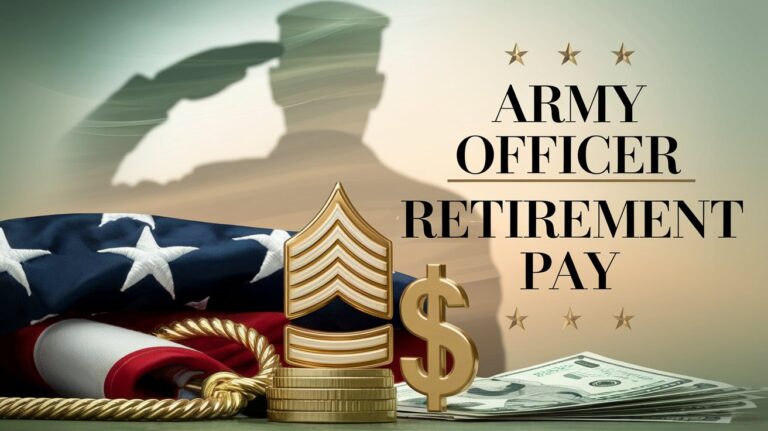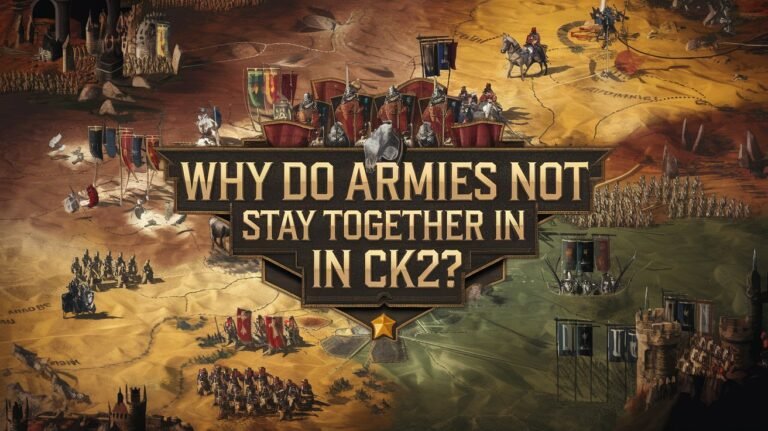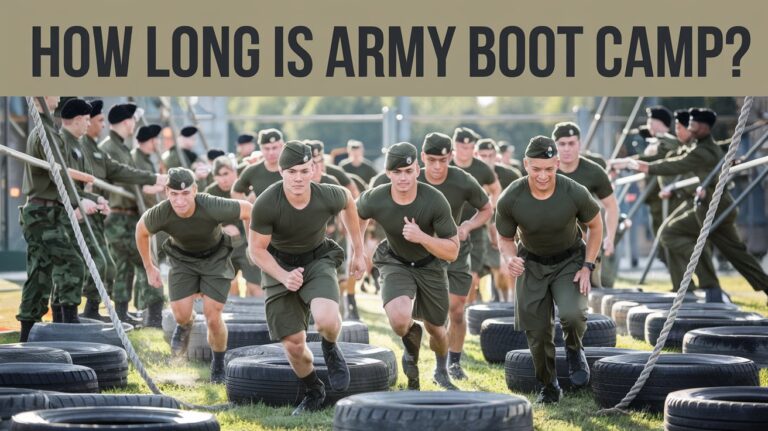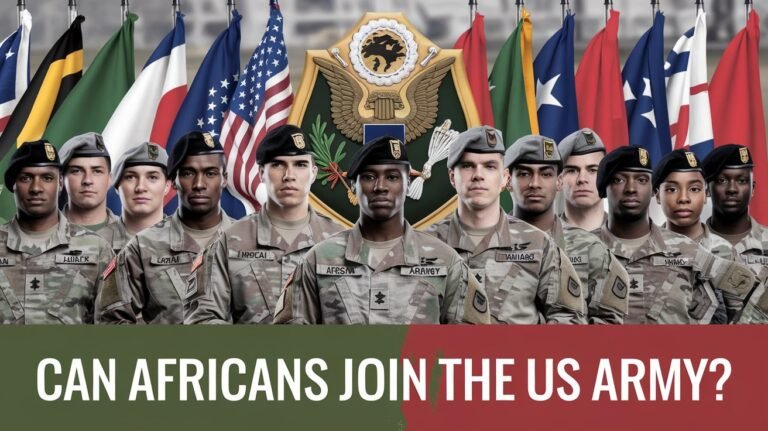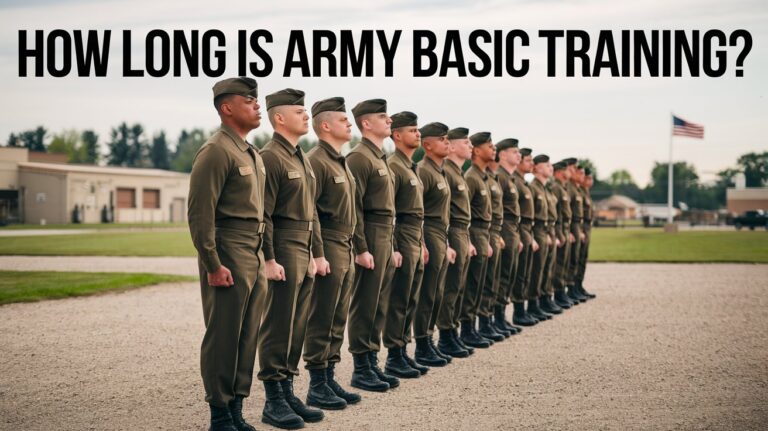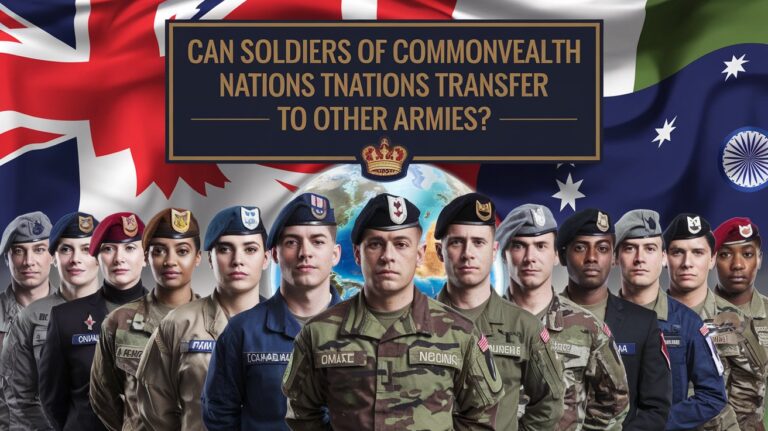Military Transfers Between Commonwealth Nation Armies?
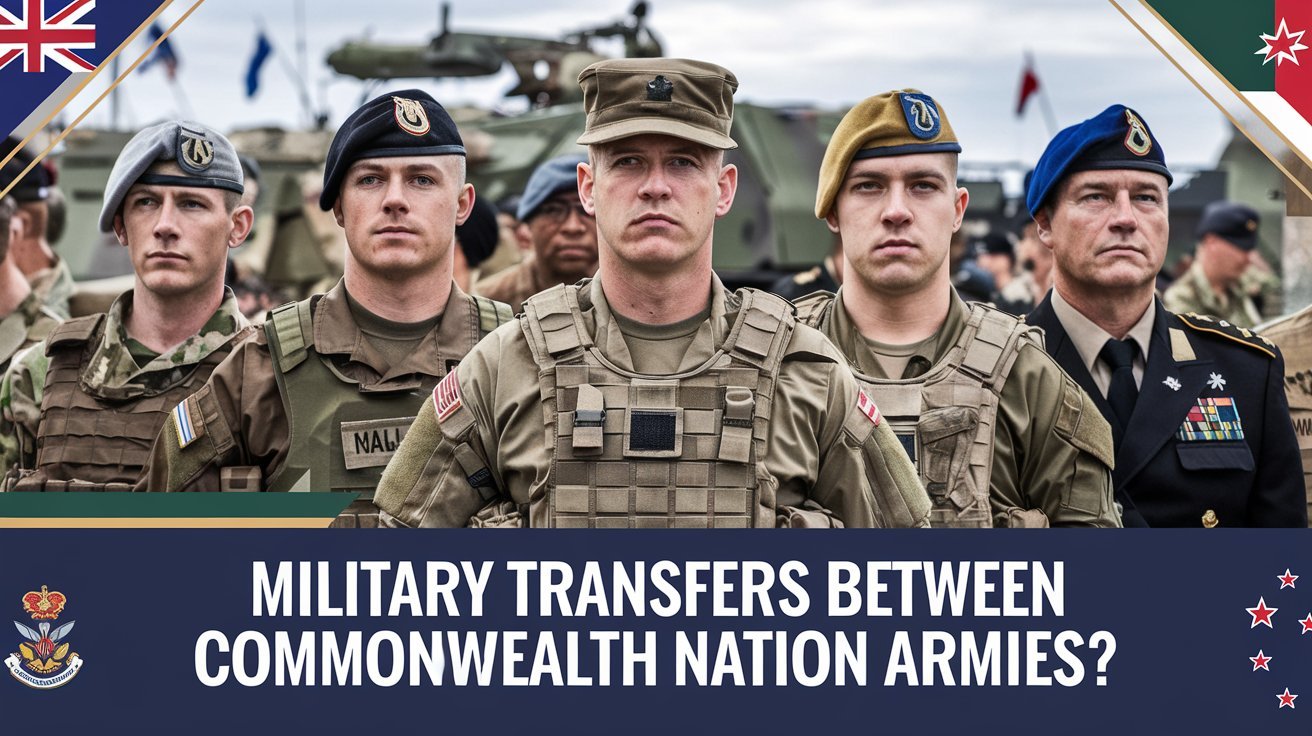
The Commonwealth of Nations is a key player in global military cooperation. It makes it easy for service members to move between its member states. But what’s the process like, and how does it help military careers? Let’s dive into the details of military transfers between Commonwealth nation armies.
Historical Foundation of Commonwealth Military Cooperation
The military cooperation in the British Commonwealth has a long history. It started with the Balfour Declaration of 1926. This document made all Commonwealth countries equal, setting the stage for their military work together.
In World War II, the Commonwealth showed its strength. They worked together in big operations. This showed the value of their long-standing alliance.
The Balfour Declaration Impact
The Balfour Declaration of 1926 was a big step for the Commonwealth. It made countries like Canada, Australia, New Zealand, and South Africa equal to the UK. This led to more cooperation in their military efforts.
Evolution from British Empire to Commonwealth Forces
As the British Empire became the Commonwealth of Nations, military ties grew. Decolonization made countries independent, but they kept strong ties. They worked together in training, exchanges, and operations.
World War II Combined Operations
World War II showed the Commonwealth’s military strength. The Commonwealth Corps was a plan for a joint force to invade Japan. The Commonwealth Air Training Plan also brought pilots together for training.
| Key Contributions of Commonwealth Forces in World War II | Details |
|---|---|
| Canada’s Contributions | The Canadian Expeditionary Force (CEF) had over 60,600 casualties, nearly 10% of the 620,000 Canadians who enlisted. |
| Australia’s Contributions | Over 410,000 Australians served with the Australian Imperial Force (AIF) during World War I, with approximately 200,000 casualties. |
| New Zealand’s Contributions | Almost 100,000 New Zealanders served overseas in the New Zealand Expeditionary Force (NZEF), with around 18,000 losing their lives. |
| Indian Soldiers’ Contributions | Indian soldiers, including those from India, Pakistan, and Bangladesh, totaled 1.27 million in voluntary service as combatants and laborers during the war. |
| West Indian Contributions | Around 15,000 West Indians enlisted in the British Army during World War I, with most serving in the West India Regiment and the British West Indies Regiment. |
| South African Contributions | Over 60,000 South African laborers contributed, while approximately 25,000 black South Africans served in the South African Native Labour Contingent and were deployed to the Western Front. |
Commonwealth Corps Structure and Organization
The military cooperation among Commonwealth nations goes back to World War II. They planned to form the Commonwealth Corps with troops from Australia, Britain, Canada, and New Zealand. This group would be organized like the US Army for better logistics.
The goal was to mix forces from different countries smoothly. This way, they could work together well in battles. It showed the Commonwealth’s dedication to using everyone’s strengths for defense.
| Commonwealth Military Units | Typical Composition |
|---|---|
| Infantry Regiment | 4 battalions, around 1,000 men per battalion |
| Cavalry Regiment | 600-900 troopers |
| BattleMech Formations | Diverse designs, including Hatchetman, Wolfhound, Caesar, and Axman |
The Commonwealth’s military structure was key in the 20th century. It focused on joint force composition and military organizational structure. This helped the Commonwealth military units work better together. Today, this cooperation still guides their defense plans.
Can Soldiers of Commonwealth Nations Transfer to Other Armies
The Commonwealth of Nations is a group of countries that work together. They make it easier for soldiers to move between armies. Each country has its own rules, but they all agree to recognize each other’s service.
Eligibility Requirements
To move to another army, soldiers need to meet certain criteria. This includes being a citizen or having legal residency. For instance, in Australia, New Zealanders can join the army and get Australian citizenship after a year.
Application Process
- Those wanting to switch armies must go through an application process. This includes giving documents and passing security and health checks.
- The process also needs approval from both countries. You might need to do training or adapt to new systems.
Service Recognition Between Nations
It’s important for countries to recognize each other’s military service. They have agreements to make sure service is recognized. This helps soldiers move smoothly between armies.
This system helps strengthen defense cooperation. It also makes it easier to use the skills of soldiers across different countries.
Military Exchange Programs and Joint Training Initiatives
The Commonwealth nations have worked together through various military programs. These efforts help their armed forces work better together and share knowledge. This teamwork improves how troops from different countries can work together.
The Reciprocal Exchange Program is a key example. It lets military people from different countries serve with each other. This experience helps them understand and respect each other’s ways of working.
- Joint military exercises, like “Exercise Pitch Black” in Australia, are held every two years. They bring together troops from across the Commonwealth to practice in a simulated battle setting.
- Staff exchange programs let top officers gain experience by working in other countries’ headquarters. This strengthens defense ties.
- Shared training facilities, like the Woomera Test Range in South Australia, are used for joint training. They help test new equipment and technologies.
These programs and initiatives are crucial for the Commonwealth. They help keep the level of military personnel exchange, joint military training, and international defense cooperation high among member states.
Administrative Requirements for Cross-Military Service
Switching between military forces in Commonwealth nations needs a lot of paperwork and careful steps. You need service records, qualifications, security clearances, and medical checks. This ensures a smooth transfer and keeps everyone ready to work together.
Documentation and Paperwork
Good paperwork is key for a smooth military move. You must share your full service history, like your achievements and skills. This helps the new country know how to fit you into their team.
Security Clearance Protocols
Keeping secrets safe is very important when moving between militaries. There are strict rules to check if someone can handle secret information. This keeps everyone’s safety and trust in working together.
Medical Standards Alignment
- Keeping health and fitness standards the same is important for moving between militaries.
- Commonwealth countries have set the same health checks to make sure soldiers are ready to go.
- These checks include physical and mental health tests to make sure someone is fit for duty.
The steps for moving between militaries in the Commonwealth focus on making it easy and safe. They make sure all the important details are covered. This helps keep the strength and teamwork of the Commonwealth’s defense strong.
Rank Structure and Recognition Across Commonwealth Forces
The Commonwealth military system has a similar rank structure in all its member nations. This makes it easy for military personnel to move between countries and work together. It ensures that everyone keeps their rank when serving in other Commonwealth countries.
Even though some countries use different titles and insignia, the overall rank hierarchy is the same. This shared structure helps everyone understand their roles and work together smoothly.
| Commonwealth Rank | Equivalency |
|---|---|
| Marshal of the Air Force | General |
| Admiral of the Fleet | General |
| Field Marshal | General |
| Air Chief Marshal | Lieutenant General |
| Vice Admiral | Lieutenant General |
| Lieutenant General | Lieutenant General |
| Air Vice-Marshal | Major General |
| Commodore | Brigadier |
| Colonel | Colonel |
| Wing Commander | Lieutenant Colonel |
| Commander | Lieutenant Colonel |
| Major | Major |
| Flight Lieutenant | Captain |
| Lieutenant | Lieutenant |
| Sergeant | Sergeant |
| Corporal | Corporal |
| Private | Private |
The commonwealth military hierarchy has a detailed rank structure. This system allows for easy military rank equivalency and international rank recognition among member nations’ armed forces.
Immigration Considerations for Military Transfers
Commonwealth service personnel have special immigration rights. In the United Kingdom, they don’t face regular immigration rules while serving. But, after leaving the military, they have 28 days to sort out their immigration status.
Family members’ status can change too. Spouses and kids of UK-based Commonwealth service members might get different residency rights. The UK government doesn’t charge settlement fees for those with at least six years of service or those discharged on medical grounds.
Post-Service Settlement Options
Settlement options vary by country and military service length. Veterans with long service might get faster naturalization or better immigration paths. Knowing these military immigration rights and armed forces family immigration rules is key for veteran settlement options after leaving the military.
Pension and Benefits Transfer Systems
Military personnel moving between Commonwealth forces can count on pension and benefits transfer systems. These systems help keep retirement benefits going without a hitch. They make sure service in different national forces is recognized, giving soldiers a smooth transition.
The process of transferring these benefits can be complex. It depends on the agreements between countries and how long someone has served in each. Important things to consider include:
- Eligibility requirements for pension and benefits transfers
- Documentation and paperwork requirements
- Alignment of medical standards and security clearance protocols
- Rank structure recognition and service credits across Commonwealth forces
Thanks to these strong systems, military personnel can keep their international benefits portability. This is important for those in armed forces retirement plans. It ensures they stay financially secure as they move between Commonwealth nations.
| Key Pension and Benefits Transfer Considerations | Description |
|---|---|
| Eligibility Requirements | Soldiers must meet specific criteria to qualify for pension and benefits transfers, such as minimum service time in each country. |
| Documentation and Paperwork | Detailed documentation, including service records and medical evaluations, must be provided to facilitate the transfer process. |
| Rank Structure Recognition | Ensuring that the soldier’s rank and seniority are properly recognized across Commonwealth forces is crucial for benefits and career progression. |
| Security Clearance Protocols | Alignment of security clearance requirements between nations is necessary to maintain access to sensitive information and operations. |
Modern Commonwealth Defense Cooperation Agreements
The Commonwealth is a group of 56 countries across five continents. It has a long history of working together on defense and security. Recently, it has made its cooperation even stronger with new treaties and agreements.
These agreements cover many areas, like intelligence sharing, counter-terrorism, peacekeeping missions, and disaster relief efforts. They help the armed forces of member states work better together. This makes the Commonwealth stronger against global threats and crises.
- The Commonwealth Heads of Government Meeting (CHOGM) is key for discussing defense cooperation.
- At recent CHOGM meetings, new agreements were signed. For example, the Commonwealth Cyber Declaration aims to improve cybersecurity and information sharing.
- Countries like the United Kingdom, Canada, and Australia have made strong military alliance agreements with other Commonwealth members.
These international defense treaties and commonwealth security cooperation efforts have greatly improved the security of the Commonwealth. They ensure member states can face new threats and keep their regions stable in the future.
Career Development and Advancement Opportunities
Working in different countries’ militaries can really boost your career. You get to try new training, lead in big operations, and learn about different ways of fighting. This experience can make you stand out in the global military world.
Recent numbers show that officers are key in many Commonwealth armies. In 2013, 17% of the British forces were officers. The French had 13.7% in 2013. The German and US forces had 18% and 17.2% in 2012, respectively. This shows how much value is put on leadership in these militaries.
Using the chances to move and train across the Commonwealth can help your career. You might get special jobs, join big exercises, or see how different places fight. All these can make your military career stronger and more appealing.
FAQ
Can soldiers of Commonwealth nations transfer to other armies?
Yes, soldiers from Commonwealth nations can move to other armies. They need to meet certain requirements and follow specific steps. Each country has its own rules for accepting transfers.
What are the eligibility requirements for military personnel transfers?
To serve in another Commonwealth army, you need lots of paperwork. This includes your service records and qualifications. You also have to meet security and health standards.
How does the application process work for military transfers?
Applying to transfer between Commonwealth armies involves several steps. You’ll need to gather documents, get security clearances, and meet health standards. The exact process can differ based on the countries involved.
How is service recognition handled across Commonwealth nations?
Each Commonwealth nation has its own way of recognizing service. Agreements help make transfers smoother. These agreements ensure that your rank and benefits are recognized, no matter where you serve.
What military exchange programs and joint training initiatives exist among Commonwealth forces?
Commonwealth armies participate in many exchange programs and training initiatives. These help them work better together and share knowledge. Activities include joint exercises, staff exchanges, and shared training facilities.
What are the administrative requirements for cross-military service?
For cross-military service, you need to provide a lot of paperwork. You also have to pass security checks and meet health standards. These steps help keep transfers smooth and secure.
How are rank structures and recognition handled across Commonwealth armies?
Commonwealth armies usually have similar rank structures. This makes transfers and working together easier. Agreements ensure that your rank is respected, even if the titles and symbols are different.
What are the immigration considerations for military personnel transfers?
Military personnel have special immigration rules. In the UK, they don’t need to worry about immigration during service. After leaving, they have 28 days to sort out their status. Family members may have different rights, and the UK doesn’t charge settlement fees for those with six years of service or medical discharge.
How do pension and benefits transfer systems work for Commonwealth military personnel?
There are systems to help military personnel keep their benefits when moving between Commonwealth forces. These systems aim to keep retirement benefits consistent. The complexity of transfers depends on the agreements between countries and how long you served in each.
What are the modern Commonwealth defense cooperation agreements?
Today, Commonwealth defense cooperation includes many agreements. These focus on shared security, joint operations, and working together. They cover things like intelligence sharing, counter-terrorism, peacekeeping, and disaster relief, helping to strengthen security across the Commonwealth.
What are the career development and advancement opportunities for military personnel in Commonwealth forces?
Serving in different Commonwealth armies can open up new career paths. You might get access to special training, leadership roles in multinational operations, and exposure to different military ways and technologies. This experience can help you grow professionally and personally.

